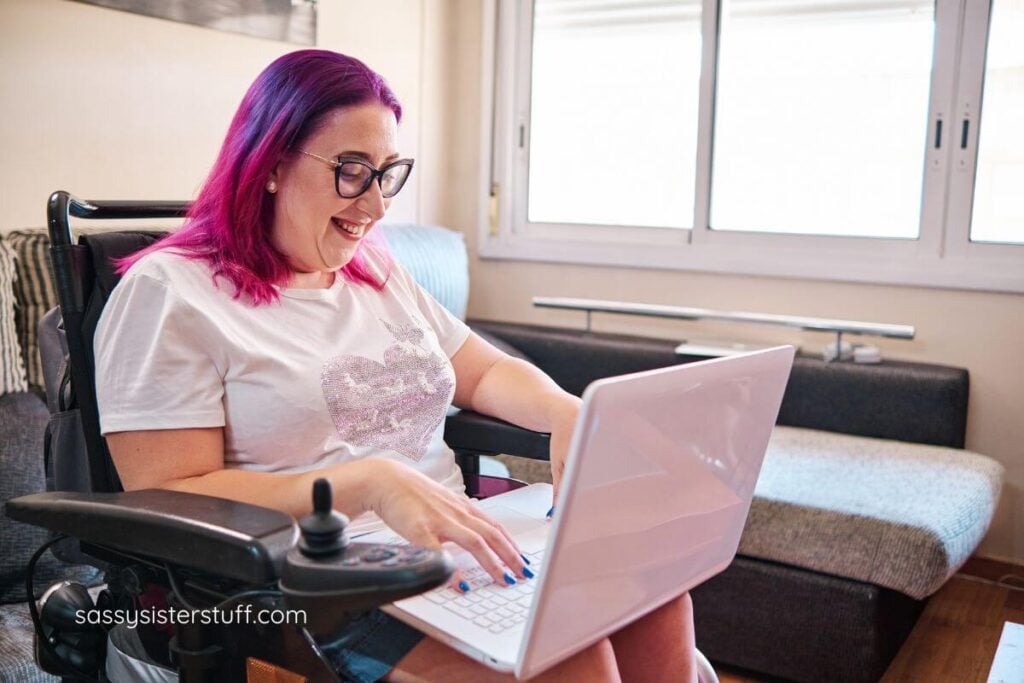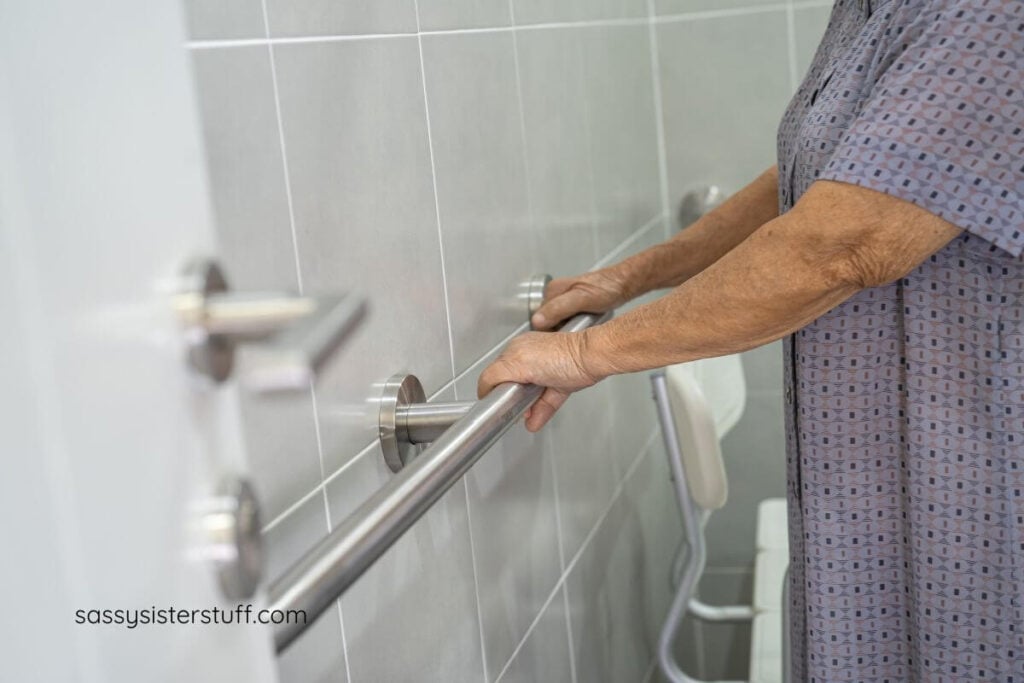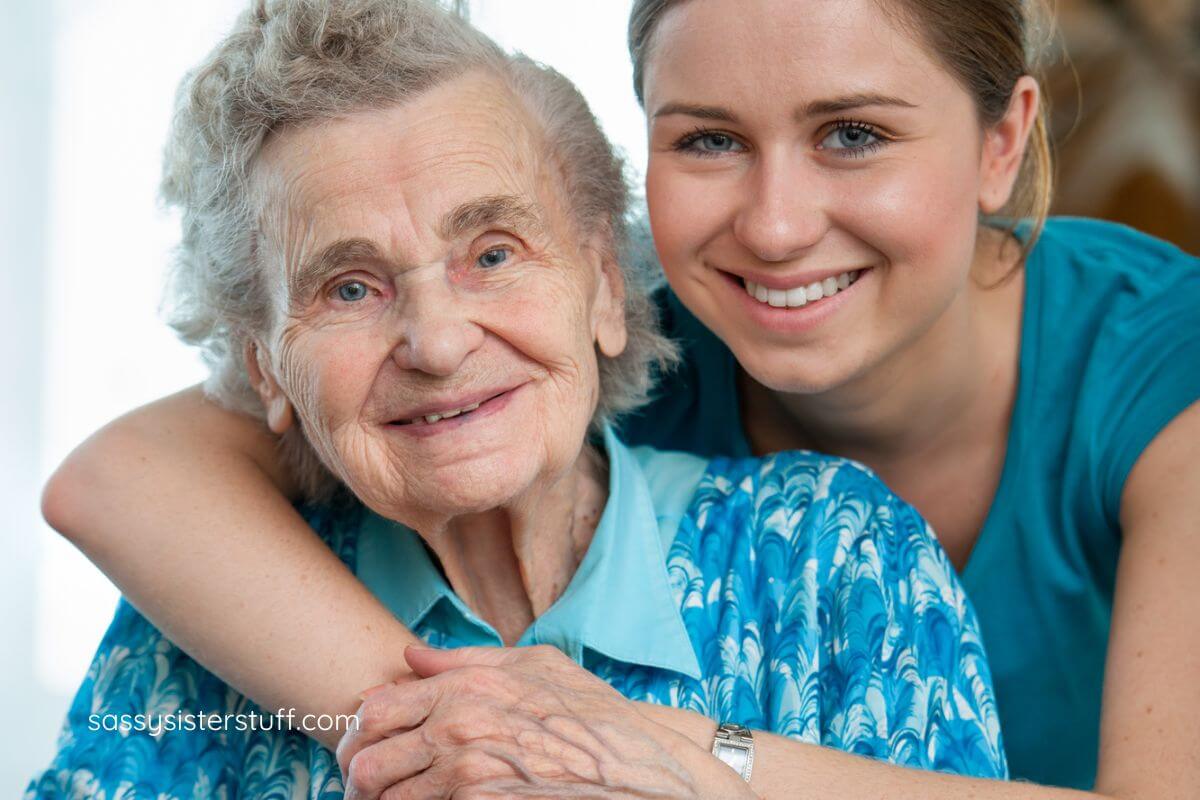Freedom at Home: Making Your Elderly Parents’ Space Accessible
If your aging parents want to age-in-place, it is essential to create a safe, supportive space with tailored improvements that enhance independence, comfort, and accessibility.
As parents age, their homes often need adjustments to support their comfort and safety. Many residences, designed for younger families, present new obstacles for those with different mobility needs. Simple modifications can transform a familiar home into a secure haven that promotes independence and accessibility.
This allows older adults to remain in their cherished homes for longer. Thoughtful home upgrades show care and provide immense practical benefits for daily life. These changes address potential hazards before they become serious problems for beloved family members. Making your elderly parents’ space accessible can include projects from minor additions to more substantial renovations. We’ll cover them all below.

The goal is to create an environment that adapts to evolving needs over time. This proactive approach ensures that your parents have the support they require to live with dignity. It fosters a sense of security and empowers them to navigate their own space confidently.
Enhance Bathroom Safety and Access
Grab bars near the toilet and inside the shower offer essential support for balance. They help prevent dangerous slips and falls on wet surfaces, a common household hazard. You should secure these bars directly into wall studs to ensure they remain stable.
A walk-in shower or a tub with a low entry point removes a major obstacle. This design feature simplifies the process to get clean and reduces strain on joints. Consider a shower seat and a handheld showerhead for added comfort and control.

Improve Kitchen Functionality and Ease
Lower kitchen counters and shelves place everyday items within easy reach for everyone. This adjustment helps a person who uses a wheelchair or has limited shoulder movement. It makes meal preparation a much more pleasant and independent activity for all.
Pull-out shelves inside cabinets prevent the need to bend deeply to find stored goods. This simple hardware update can make a huge difference in kitchen accessibility for all. Lever-style faucet handles are easier to operate than traditional knobs that require grip strength.
Standard doorways can present a challenge for walkers, wheelchairs, and other mobility aids. Wider doorways, at least 36 inches wide, permit smooth passage from one room to another. This change creates a more open and accessible floor plan for household members.
Offset hinges on doors can add a couple of inches of clearance without major work. This small hardware swap provides a quick, effective solution for narrow entry points. Removing doors in less private rooms, like dens, can also improve overall home flow.

Install Smart Home Technology
Automated light systems that respond to voice commands remove the need to find switches. This technology is especially helpful at night or for people with poor vision. Smart thermostats make it easy to adjust the temperature from a comfortable seated position.
A video doorbell lets your parents see who is at the door without having to get up. This device enhances security and provides peace of mind for everyone in the home. An emergency alert system offers a direct line to help with just a button push.
Optimize Bedroom Comfort and Safety
An adjustable bed allows for easy changes in position to read or to get up. It provides customized support that can alleviate pressure points and improve sleep quality. Place a sturdy nightstand next to the bed for water, medication, and a phone.
Ensure a clear, well-lit path exists from the bedroom to the nearest bathroom. Motion-sensor nightlights illuminate the floor to prevent trips over unseen objects in the dark. Remove loose rugs that could slide underfoot and cause a serious fall.

Adapt Living Room Furniture
Choose a firm sofa with a higher seat to make standing up easier. With mobility in mind, choosing the right couch for a space will support safe movement and make the most of the living area. A shallow seat depth also helps a person maintain proper posture without much effort.
A sturdy lift chair can provide valuable assistance for someone who needs extra help. These chairs tilt forward to help a person stand gently. They offer a blend of comfort, independence, and reliable support for daily use.
Upgrade Home Illumination
Increase lighting throughout the home to compensate for age-related vision changes. Bright, even illumination reduces shadows that can obscure potential trip hazards on the floor. Use LED bulbs because they last longer and consume less energy than other options.
Install a task light under kitchen cabinets and above work areas, such as desks. This focused light makes it easier to read recipes, pay bills, or do hobbies. Rocker-style light switches are easier to use for people who have arthritis in their hands.

Improve Floor Surfaces
One of the best home improvements for aging parents is to replace high-pile carpets with low-pile options or smooth surfaces like vinyl or wood. This change makes it easier for walkers and wheelchairs to move around the house. A soft, non-slip surface is a foundational element of a safe home for seniors.
Remove any throw rugs or runners that can bunch up or slide underfoot. If you must use a rug, secure it firmly to the floor with double-sided tape. Ensure transitions between different floor types are level to prevent tripping hazards.
Add Exterior Ramps and Handrails
A ramp at the main entrance eliminates the challenge that stairs present for many people. It provides a safe and dignified way for everyone to enter and exit the home. The ramp should have a gentle slope and a non-slip surface for all-weather use.
Sturdy handrails along all outdoor steps and walkways offer stability and build confidence. They are essential for safe navigation, especially during wet or icy weather conditions. Proper exterior light around walkways and entrances is also a very important safety feature.

Modify Closet and Storage Areas
Install closet rods at a lower height to keep clothes within a comfortable reach. This simple adjustment eliminates the need for a step stool when getting dressed. Pull-down closet rods offer a dynamic solution that brings clothes to the user.
Use clear storage containers on shelves to make it easy to see contents inside. This eliminates the need to move multiple heavy boxes to find one item. Good organization within storage spaces reduces physical strain and mental frustration for users.
Final Thoughts: Making Your Elderly Parents’ Space Accessible
These upgrades, from simple grab bars to wider doorways, do more than prevent accidents. They empower seniors to live with greater independence, comfort, and dignity in familiar surroundings. Each change, whether small or large, contributes to making your elderly parents’ space accessible.
Be sure to observe daily routines, have open conversations, and start with the changes that offer the most impact for your parents. The result is a home that provides physical support but also emotional reassurance. You will be giving a wonderful gift when you create a secure environment for your parents and make their lives easier.
Be sure to read other Caregiving articles on Sassy Sister Stuff to help you navigate the journey with your aging parents. I’ve written the articles based on my own personal experiences with caring for my parents as they aged. There are LINKS to many of the articles directly in this article, so be sure to click-and-read for more value.
Love to ALL! ~ Susan







